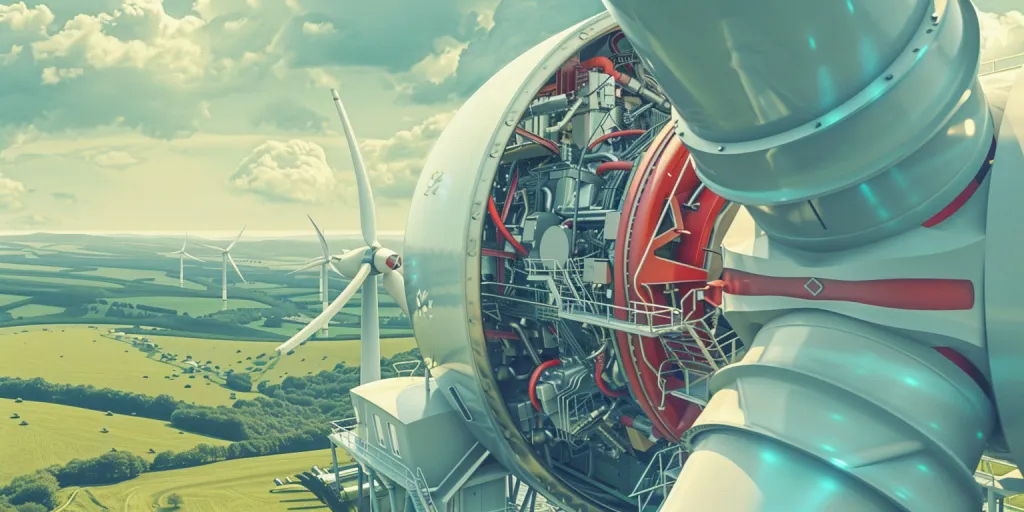The quest for clean and sustainable energy sources has brought tremendous innovations in the renewable energy sector. One of the most promising developments in renewable energy is the Aeromine Wind Turbine, and in this short article, we look at the design, efficiency, environmental impact, installation and costs of this new technology. We hope at the end of reading this piece that you would be left with a clear understanding of the Aeromine Wind Turbine, how it works and what sets it apart from other renewable alternatives.
Table of Contents:
– Understanding the design and technology of Aeromine Wind Turbines
– Efficiency and performance comparison
– Environmental impact and sustainability
– Installation process and scalability
– Cost analysis and economic viability
Understanding the design and technology of Aeromine Wind Turbines
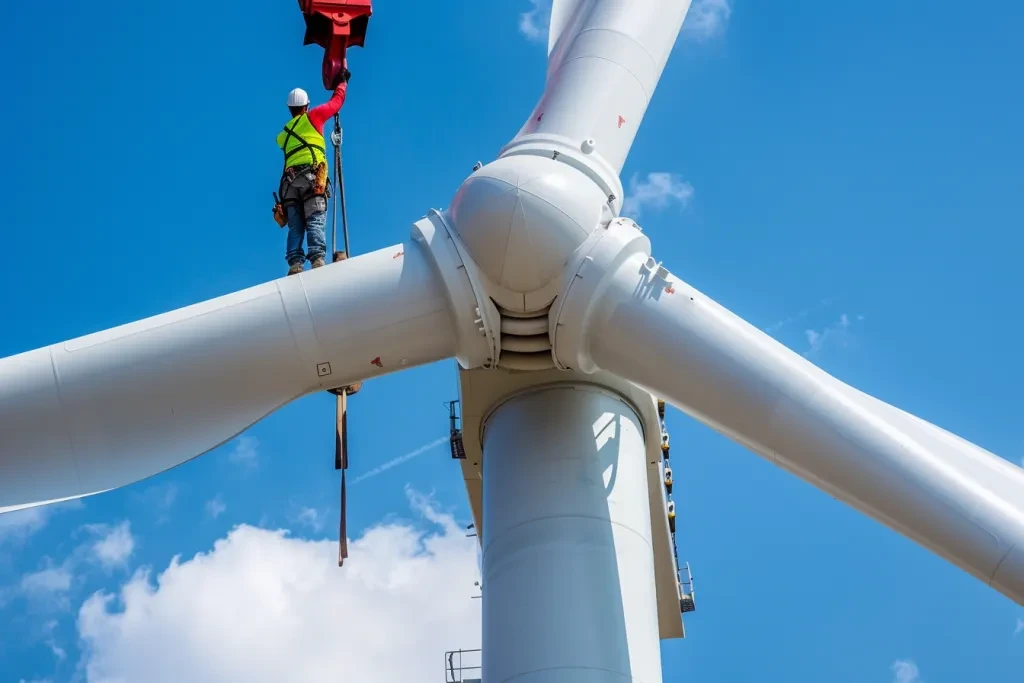
The Aeromine Wind Turbine is evidence that wind energy technology has evolved. The turbine can be installed off of a variety of structures, such as residential homes and commercial buildings. In this section, discover how its science makes it a more effective source of wind energy thanks to new aerodynamic principles.
And at the centre of its design is the very absence of mechanical complexity, with a bladeless system designed to be more durable, easier to maintain, quieter, and more easily stored and transported than traditional wind turbines, meaning it not only takes up less space but uses less material too. It is also much easier to make modular, which means that the same design can be easily integrated into existing infrastructures.
The technology behind the Aeromine Wind Turbine is quite a leap forward. By harnessing the principle of boundary layer effects and vortex shedding, the Aeromine design captures and converts wind energy into electricity extremely efficiently. The next paragraph explains this principle in detail, and clearly outlines how the Aeromine design is optimising use of wind energy.
Efficiency and performance comparison
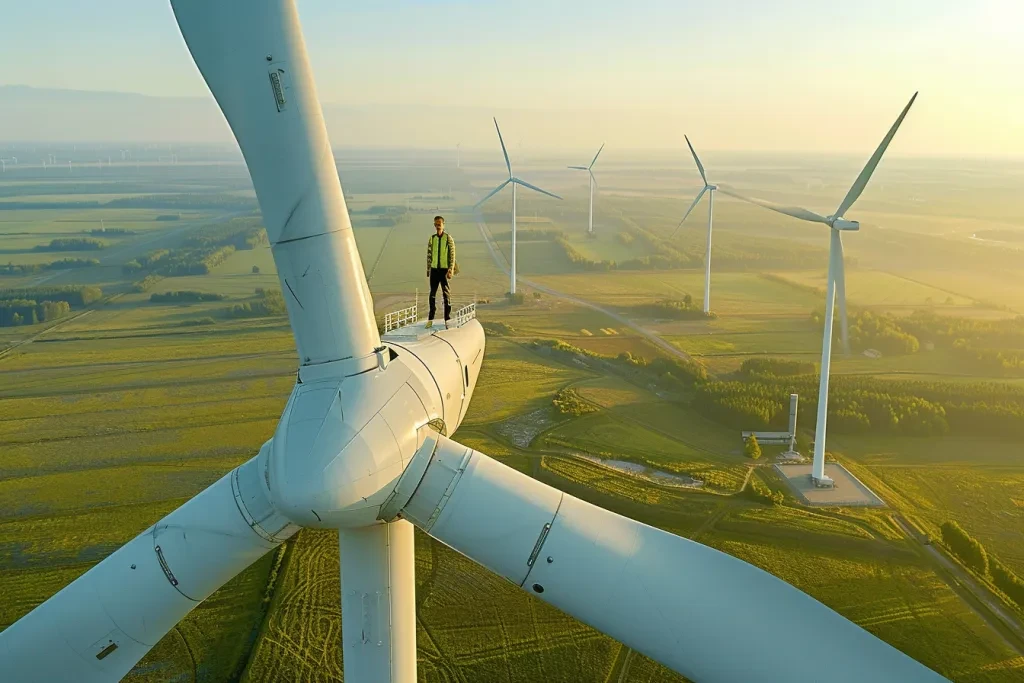
Performance is the essential factor in assessing a renewable energy solution, and in this criterion the Aeromine Wind Turbine trumps most conventional alternatives by a country mile, particularly in terms of its energy yield per unit volume. This section compares it to conventional wind turbines and photovoltaic solar panels.
A consistent energy supply is another key advantage of the Aeromine system compared with solar panels. Solar panels work only where there is sunlight, and not in the middle of the night, while the Aeromine turbines would generate electricity 24 hours a day (provided wind is available). This means a consistent power supply is guaranteed, an enormous benefit for residential and commercial users.
Additionally, the efficiency of Aeromine Wind Turbines in the context of urban use is a game changer. When Aeromine Turbines can work in much lower wind speeds, that means they can finally be used in plenty of places where wind is present but where traditional turbines wouldn’t work. This very important aspect further expands the range of wind energy practices in which human beings can take part.
Environmental impact and sustainability
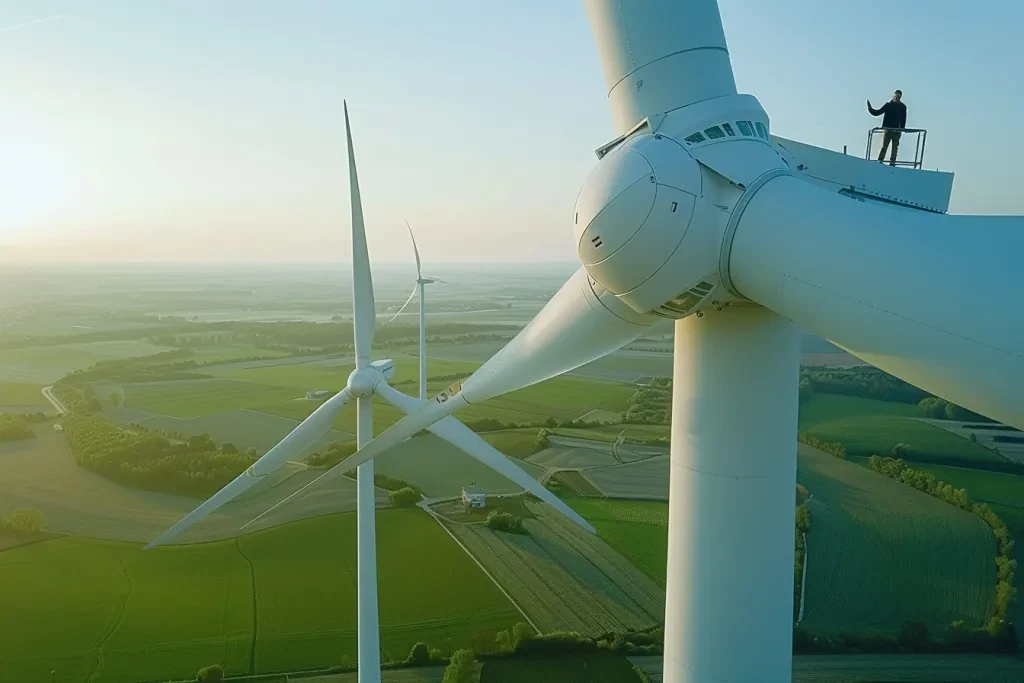
The environmental advantages of converting to renewable energy are well-known, and in this specific context, the Aeromine Wind Turbine offers an excellent option. This paragraph assesses its ecological footprint, explaining how it reduces greenhouse gases and promotes sustainability.
This wind energy is harvested by Aeromine’s turbines, thereby replacing fossil fuels and directly cutting out CO2 emissions, and therefore climate change. Since the bladeless design limits mechanical movement to a minimum, it also minimises disturbance to biodiversity, thereby addressing a valid paradigmatic problem that’s often raised against the use of wind turbines – the danger to birds and bats.
In addition to having a good life after the turbine is retired, the materials and manufacturing process the Aeromine Wind Turbine is produced from are chosen to leave the smallest environmental footprint possible.
Installation process and scalability

And when we talk about adopting new technology, especially for our houses, the most important things are how easy it is to install, and how easy it is to scale up.
The installation process is very simple.
To start with, the turbine is independent of the building structure. The installation does no harm to the building and does not require much of the building’s structure, which could be a significant issue for old buildings.
Furthermore, it can be installed quickly and easily. Firstly, the turbine is light and rotatable, so it has little resistance to the wind.
Its modular nature means that it is scalable – the turbines can be customised to suit the energy requirement of a single-family home or an 18-storey building. In both cases, the system adapts to the energy needs of the facility.
Secondly, it can be combined with other renewable energy technologies, such as solar panels, to improve the energy efficiency of buildings. At the same time, this ‘smart’ integration maximises the energy output of both systems, while also increasing the stability of the entire power supply – a feature that will become ever more important to accommodate growing demands
Cost analysis and economic viability
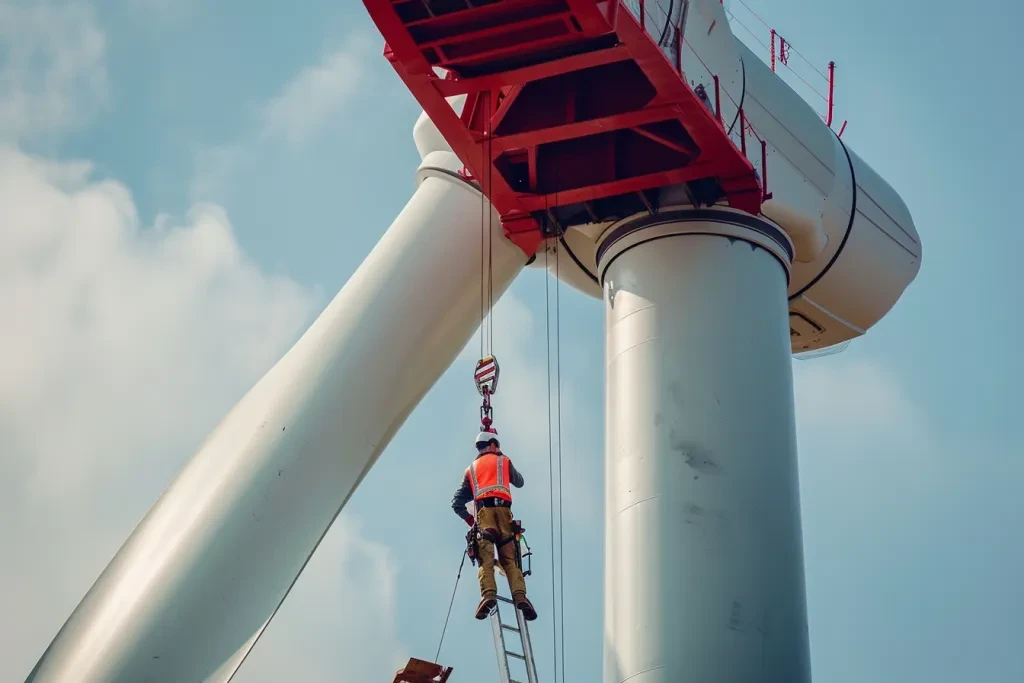
When it comes to adopting renewable energy technologies, the most compelling argument is the economic case. This part of the text presents a cost analysis of the Aeromine Wind Turbine in detail, illustrating the initial investment and its associated costs of operation compared with those of other energy sources.
Installing Aeromines will require an upfront cost, but the savings on energy bills and maintenance costs over a lifetime will make it economically attractive. Incentives and subsidies for renewable energy installations can help to make the technology even more commercially viable.
Furthermore, the growing demand for clean energy solutions and the global push toward sustainability will over time lower costs. At scale, as technology advances and production costs continue to lower, Aeromine Wind Turbines will become an increasingly cost-competitive clean energy approach.
Conclusion
The Aeromine wind turbine is a novel renewable energy technology that will help to ensure a more sustainable future for the planet. The all-new design provides both ecological and economic advantages, while also offering greater efficiency than its counterparts. The remarkable features of this turbine make it a strong contender to play an instrumental role in the shift to clean energy. As we innovate and put funding behind renewable energy sources, the Aeromine wind turbine is a key to unlocking a sustainable future, helping to mitigate climate change and ensuring a worthier stewardship of Earth’s resources.
